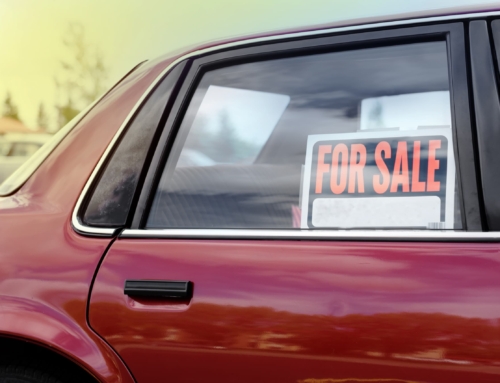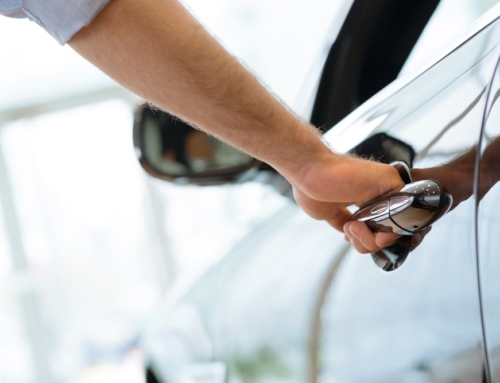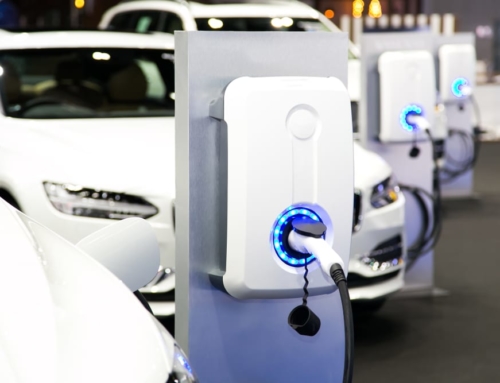If you are in the market for a new car, keep in mind the many costs, including lease or loan payments, insurance, gas, and maintenance, that can quickly eat away at your monthly budget. Make sure you factor these into your financial calculations.
Having said that, it is most important to get a good deal on your new car in the first place. All it takes is a little research and know-how. Before you set foot in a dealership, head to the Internet (or your local library) and check out Kelley Blue Book or NADA Pocket Guides to get an idea of what your potential new car is worth; you can use this information to negotiate the best price.
Once you have that information in hand, you can use these tips to save money:
Time it right. Dealers and salespeople have quotas to make. Try to make this work for you by going car shopping at the end of the month. Salespeople may be more willing to negotiate with you if they really need you to buy a car so they can make their numbers that month.
You may also want to consider car shopping during unexpected bad weather. Those cold, snowy days or miserable rainy evenings mean nobody wants to set foot outside—much less walk around a car lot. That’s good news for you because salespeople might be nervous about the lack of customers and more willing to negotiate.
Quick tip: Going car shopping during the middle of the week is better than the weekend because fewer customers will be in the dealership. You may also want to think about car shopping in the summer; deals can be found in abundance as the weather gets warmer and dealerships slash prices on the previous year’s inventory.
Don’t assume you need upgrades. Vehicle improvements, like power windows or a sunroof, aren’t the only upgrades a dealer may try to sell you. In many cases, dealers will also try to sell customers car protection packages that may not be worth the money. Often, these packages aren’t worth the cash you spend on them—either you’ll never use them or the repair won’t cost as much as the protection package—and are pure profit for the dealership.
Quick tip: Items such as VIN etching, fabric protection, and extended warranties are often not worth the money you pay for them. There are always exceptions to the rule, but in most cases if you do feel you need one of these items, you can usually find it much more cheaply through third-party vendors if you do a bit of research.
Pay some fees up front. You’ll be faced with a lot of fees when you buy a car: taxes, license, registration, title, and processing fees, to name a few. Try to pay as many of these up front as possible to avoid having to pay interest on them if they are included in the financing.
Quick tip: Ensure that the fees are itemized so you can identify which of them are truly government fees and which are processing fees (and pure profit for the dealer).
Be aware that the Truth In Lending Act (Regulation Z) requires the dealer to disclose the cash price or the principal loan amount, the total sales price, the finance charge, the annual percentage rate, and the terms of repayment.
Read the contract thoroughly. This is a no-brainer, but it’s something many people take for granted. Before you sign on the dotted line, try to take a night to sleep on it. As Fulton J. Sheen once said, “The big print giveth, and the fine print taketh away.” Make sure you really understand what you are signing.
Quick tip: Do not let the dealership pressure you into signing something until you have had time to logically process all of the information. Don’t let your emotions get the best of you.
And finally, never tell salespeople how much you can afford to pay. They will get you to spend that and much, much more.
Steve Repak is a CERTIFIED FINANCIAL PLANNER™ professional, CFP® Board Ambassador, and financial literacy speaker. He is also an Army veteran and the author of Dollars & Uncommon Sense: Basic Training For Your Money. Follow him on Twitter: @SteveRepak






